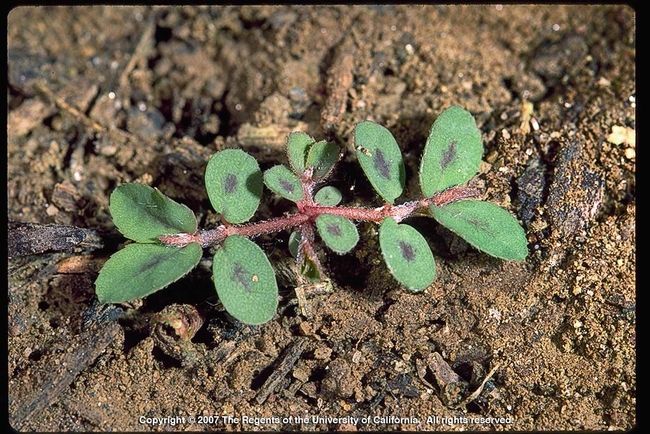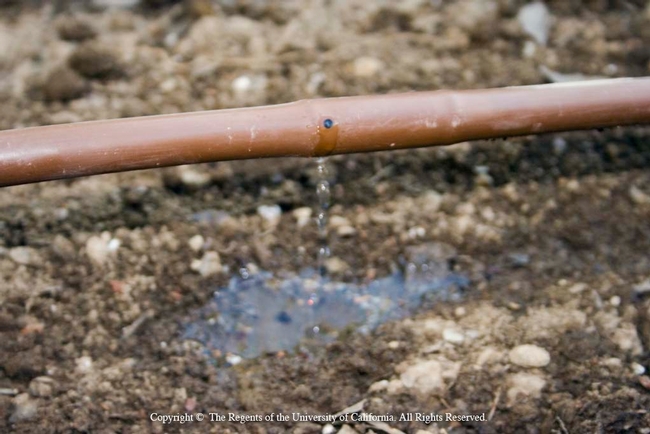Garden threats turned opportunities

Take a walk with new eyes: Most people walk through their garden with specific chores in mind. Those mental notes are handy for getting things done, but sometimes they can interfere with our ability to see the bigger picture. Try to see what works and what doesn't at the seasonal level, rather than noticing which plants need watering or weeding right now. Walking through your garden with these new eyes will help you identify three strengths and three threats within the landscape.
Three threats: Gardens and landscapes are not the tranquil sanctuaries they appear to be — they are battlegrounds. Plants, insects, pathogens, microbes, and many more are constantly battling one another for limited resources. Which three things cause the most trouble for your landscape? Is it slugs and snails? Aphids? Compacted soil? Is the soil too alkaline? By identifying the three biggest problems faced in your garden or landscape, you can focus your efforts specifically on them. Very often, correcting the biggest problems in a landscape improves overall plant health enough that they can handle the smaller problems on their own — and you can relax in the shade!
Three strengths: Every garden has its strengths. It doesn't matter what your garden's strengths are, but you cannot take advantage of them until they have been identified. Walk through your landscape and ask yourself which plants cause you the least amount of trouble. Which areas seem to have less pest or disease problems?
What types of weeds seem to turn up consistently? These conditions and plants can be used as indicators of what works best in your garden. After you pull weeds, ask yourself why those particular species are so successful in your yard. If most of those weeds have deep taproots (dandelions, mallow, prickly lettuce), try growing mustard, carrots, fennel, beets, and other root crops. Spreading weeds (wood sorrel, bindweed, spurge) can indicate the perfect location for mint or oregano. Use the natural characteristics of your garden's strengths and put them to work for you.
Identifying your landscape's strengths and weaknesses can help you stop fighting an uphill battle. Noticing what works in your landscape allows you to put effort where it will be most effective. This will help keep your plants healthier and give you more time to enjoy your summer.
by UC Master Gardener Kate Russell
Photo: Spotted spurge seedling. UC, by C. Elmore
This article first appeared in the July 15, 2017 issue of the South Valley Magazine.

Take a look at your landscape. It looks peaceful and serene, doesn't it? The truth is, it's a battlefield. Each plant is fighting its neighbor for food, water and sunlight. Weeds, in particular, are survivors. Unlike many garden and landscape plants, weeds often thrive in any soil, with minimal water and limited food. They grow fast, shading out desirable plants, stealing water and nutrients as they grow. They tend to go to seed faster than everything else. Generally, weeds take away from the overall appearance and performance of a landscape.
So, what are weeds? Very often, weeds are the plants that survive after we try to kill them. They seem to thrive everywhere and they provide no benefit in the form of food or beauty. They can also create fire hazards that threaten life and property.
Sustainable Weed Control
Many people use herbicides to rid their yard of weeds because it is fast and easy. This is a short term view. Regularly applying herbicides to the same area can develop resistant varieties. This means the next weed generation cannot be killed with the same herbicide. Sooner or later, you will run out of herbicides to choose from. Herbicides can also threaten your landscape and garden plants through run-off and wind distribution. If chemical herbicides are used to eliminate weeds, it is extremely important that the correct herbicide is used, and that package directions are followed exactly.
Most weeds can be controlled by hand weeding, good garden design, mulching, and keeping garden plants healthy enough to defend themselves. A 4” layer of mulch can significantly reduce the number of weeds. Mulch also stabilizes soil temperature and reduces evaporation of irrigation water.
Good garden design incorporates proper site preparation for each plant, choosing plants suited to the Morgan Hill climate, and installing "smart" irrigation. In areas without plantings, porous ground covers, such as permeable pavers, can allow the soil below to breath and receive rain water. These practices work together to reduce weeds and to conserve water.
Smart Irrigation
Watering a garden or landscape is necessary to keep it healthy. Smart irrigation means improving watering efficiency and distribution to ensure the water goes where it is needed and not to the weeds. Drip irrigation, “smart” irrigation controllers and rotor heads, and soaker hoses can significantly reduce water waste. Plants that use a lot of water during the summer, such as roses, can be watered with plastic jugs buried in the ground. Simply cut the bottom off a 1-liter plastic bottle. Dig a hole a little deeper than the bottle and fill the bottom 1-2” of the hole with gravel or rocks. Place the bottle so that only the small opening on top is above the soil line. When it is time to water, use a hose to fill the bottle. This prevents watering weeds and it gets the water to the root system, where it will provide the most benefit.
If a system is already in place, be sure to check for leaks. A leaky sprinkler system can drown precious plants, help weeds to thrive, and can even kill sections of soil. Putting water where it will do the most good, in a way that reduces evaporation and run-off, will ensure that Morgan Hill gardens will have the water they need.
You can learn more about weed management from UC IPM. You can also contact your UCCE Master Gardener Hotline by calling 408-282-3105 between 9:30 a.m. to 12:30 p.m., Monday through Friday or submit questions online.
by UC Master Gardener Kate Russell
This article first appeared in the July 26 issue of the Morgan Hill Times.

